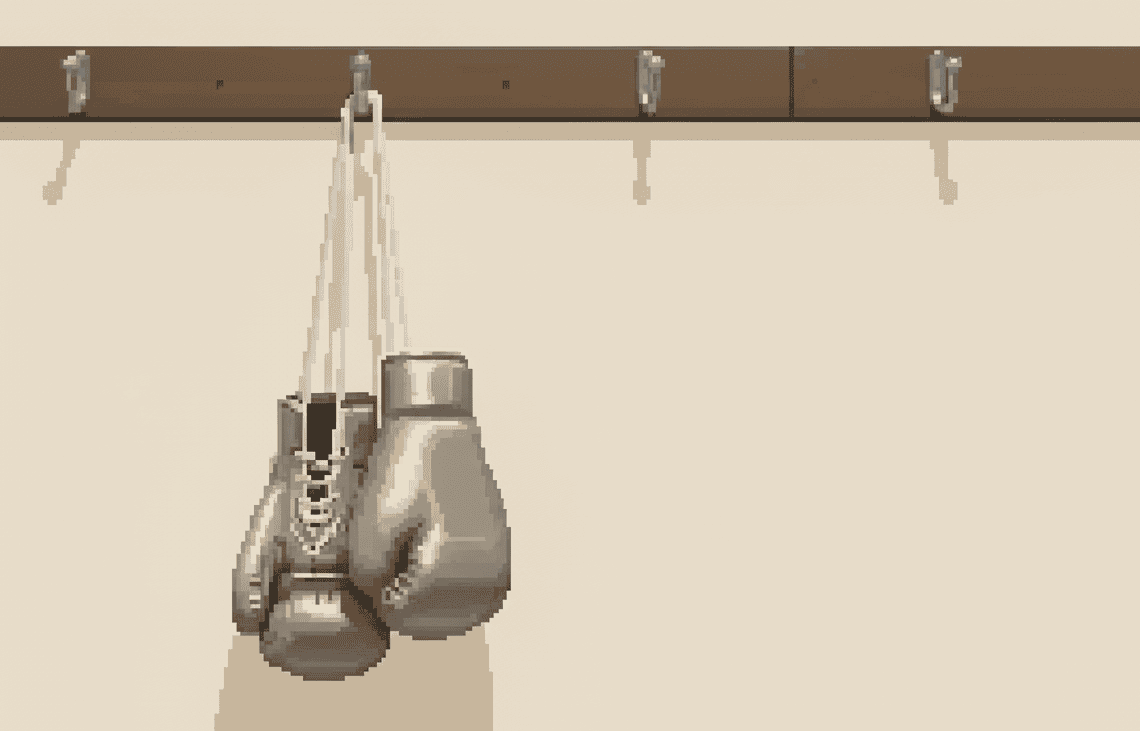In August 1968, outside the ABC network studio, demonstrators roared and choked against the American entanglement in Vietnam. Tear gas had failed to stifle the riot, creeping its way into the studio walls.
Though suited, seated, and shaded, the two rivals were no less in the fight - hardened to their counterpart, poised to debate the war.
What followed electrified the nation. A spirited parley quickly degenerated: barbs boiled into full-blown onscreen hostility - near-physical, unprintable. The airwaves had never seen anything like it.
“There was a little more heat and a little less light than usual, but it was still very worth hearing,” the host concludes.
The result? ABC’s viewership skyrocketed. For its sister networks, the formula was clear; news media was about to become bloodsport.
Half a century later, incendiary, gladiatorial news is standard issue. Clickbait thumbnails. Yellow journalism. Podcast clips cut like boxing promos. Once a shocking lapse in decorum, now a thriving micro-economy monetising division.
AI is already bringing industrial-scale efficiency to this model, with organised disinformation operations on the rise globally.
Last year, a cloned Joe Biden voice implored voters to stay home during the US election, while Russian-led disinformation networks spread false stories of Ukraine’s First Lady on luxury shopping sprees.
Nation states and cottage troll farms alike are flooding the web with “coordinated inauthentic behaviour” (CIB): waves of spreaders pushing identical narratives to simulate public consensus and dupe algorithms into promoting them.
In the WEF 2024 Global Risks Report, 1,490 security experts ranked disinformation as a threat more severe than war, extreme weather, or inflation. Since May 2023, the number of AI-generated news outlets has risen from 49 to 802.
Fortunately, the illness is also the cure. AI is growing increasingly effective at identifying its own, erasing synthetic news sites and snuffing out coordinated manipulation online. But, we can’t leave it all to the machines.
Disinformation thrives not just on what’s said, but on what we want to hear - spectacle, sensation, and simplifi ed truths. Mitigation will require more than tools; it will take individual choice: to favour what informs, not what infl ames - to choose light over heat.




